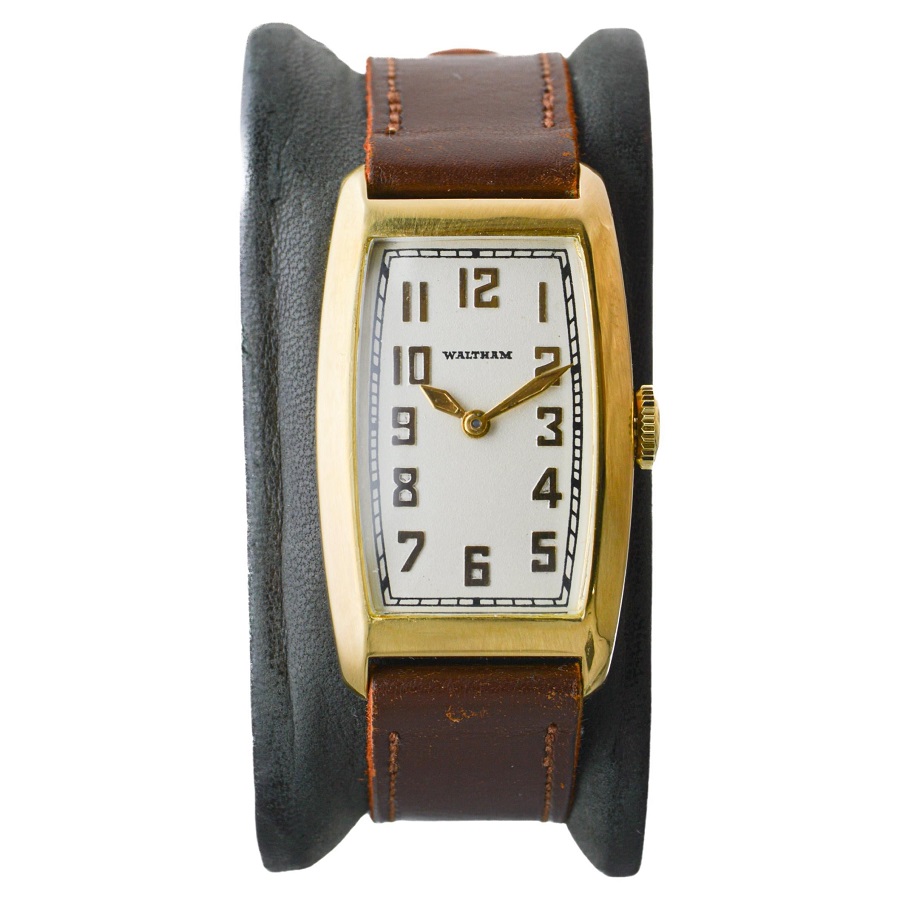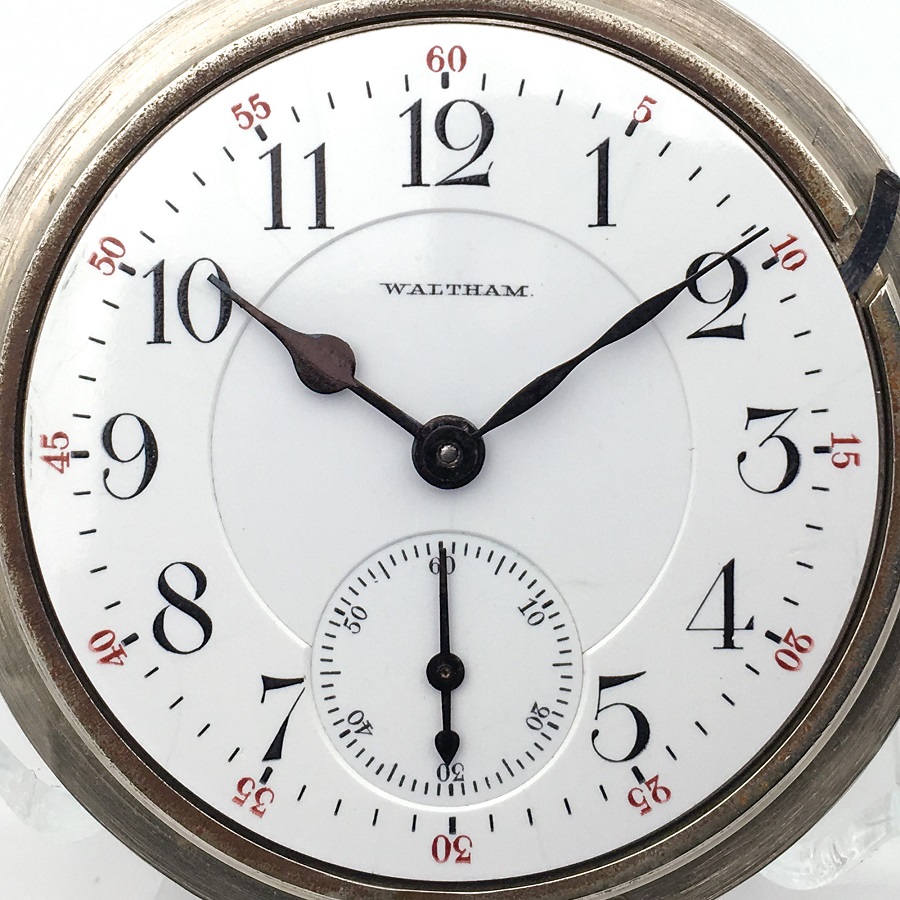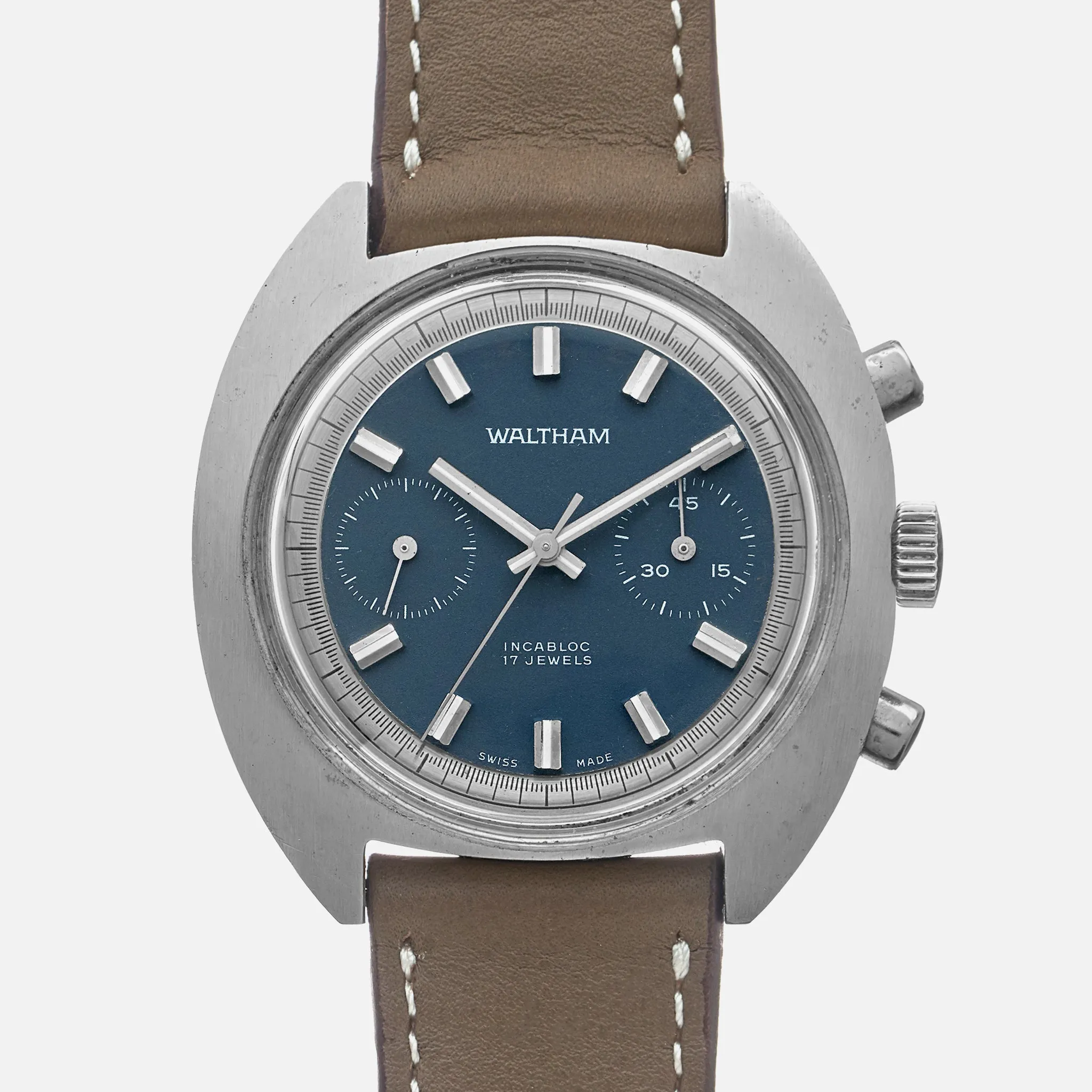Introduction
The world of horology is rich with history, craftsmanship, and innovation, but few brands have left as profound a mark as Waltham Watch Company. Founded in 1850 in Waltham, Massachusetts, this trailblazer in American watchmaking became synonymous with precision, quality, and durability. The story of Waltham Watches is not just about timekeeping; it is a reflection of America’s industrial revolution, technological advancements, and cultural shifts. This article delves into the legacy of Waltham Watches, exploring its historical significance, innovations, shifts in the watchmaking industry, and lasting impact on modern horology.
The Birth of Waltham Watch Company
Waltham Watch Company was founded by a group of watchmakers and entrepreneurs who sought to create an affordable yet high-quality timepiece for the American public. At the time, most watches were imported from Europe, with limited accessibility for the average American consumer. The founders, led by Edward Howard, aimed to revolutionize watch manufacturing by applying assembly line techniques to produce watches more efficiently and at a lower cost.
Incorporated in 1850, the company embraced the concept of interchangeable parts, which allowed for greater consistency and easier repairs. This innovation was a game-changer, enabling Waltham to produce watches in larger quantities without sacrificing quality. By the 1860s, Waltham was recognized as a leader in American watchmaking, producing some of the first mass-produced watches in the country.
Innovation and Technological Advancements
Waltham’s commitment to innovation set a standard in the horological industry. They were pioneers in the use of standardized manufacturing processes and interchangeable parts, which significantly reduced the time it took to produce watches. The company constantly pushed the boundaries of technology, introducing features that enhanced precision and reliability.
One of Waltham’s notable inventions was the use of the “stem-winding” mechanism, which allowed the user to wind the watch using a small stem protruding from the case. This was a significant improvement over the traditional key-wound watches and demonstrated Waltham’s commitment to user-friendly design.
In 1885, Waltham introduced its first “American railroad watch,” which became known for its accuracy and rugged construction. The need for precise timekeeping in the railroad industry prompted the development of these watches, which helped to reduce train accidents caused by timing discrepancies. Waltham’s railroad watches were meticulously tested and certified, establishing a new standard for watch accuracy in the United States.
Cultural Significance and Popularity
Throughout the late 19th and early 20th centuries, Waltham Watches became a staple in American culture. Their watches adorned the wrists of railroad workers, soldiers, and everyday citizens. This period marked a time when owning a reliable watch became a symbol of status and responsibility. The company’s innovative marketing strategies, including advertising campaigns highlighting the reliability and precision of their timepieces, furthwatchesre not just functional; they were also designed with an eye for aesthetics. The company offered a variety of styles and finishes, appealing to a wide audience. These timepieces were often seen as cherished possessions, handed down through generations as family heirlooms.
The Decline and Resurgence of Waltham
The early 20th century brought significant changes to the watch industry. The advent of quartz technology in the 1970s marked a dramatic shift, leading to the decline of many traditional watchmakers, including Waltham. Despite efforts to adapt to the changing market, the company struggled to compete with the influx of affordable quartz watches from Asia. In 1957, Waltham Watch Company ultimately ceased production, marking the end of an era for American watchmaking.
However, the legacy of Waltham did not completely fade into obscurity. Vintage Waltham watches remain sought after by collectors and enthusiasts today. The brand’s history, craftsmanship, and innovations have left a lasting impact on the watch industry. Collectors admire Waltham’s intricate movements and elegant designs, often paying top dollar for well-preserved pieces that testify to the company’s quality.
In recent years, there has been a resurgence of interest in American-made products, including luxury watches. Several brands have sought to revive the spirit of Waltham, utilizing modern technology while honoring the traditional craftsmanship that defined the brand’s legacy.
The Timeless Appeal of Waltham Watches
Today, Waltham watches are celebrated not merely as timepieces but as artifacts of a significant era in American history. Collectors cherish the unique characteristics of vintage Waltham watches, from the intricate engravings on the watch cases to the beautifully crafted movements inside. The stories behind each watch often reflect the lives of their original owners, adding a personal touch that resonates with today’s watch enthusiasts.
The craftsmanship associated with the Waltham name serves as an inspiration for current watchmakers, both in America and around the world. The principles of precision engineering, design aesthetics, and dedication to quality that characterized Waltham’s production not only influenced contemporaries but continue to shape modern horological practices.

The Birth of Waltham
The roots of Waltham Watch Company trace back to a small workshop in Waltham, Massachusetts, where founders Aaron L. Dennison, David P. Woods, and Edward Howard aimed to produce high-quality watches more efficiently. In a time when each watch was meticulously handcrafted, the founders sought to create a series of interchangeable parts that would allow for the mass production of watches without sacrificing quality. The introduction of standardized parts was not merely a technical achievement but marked a shift in the industry toward making watches more accessible to the general public.
The Transition to Mass Production
In 1857, Waltham produced its first watch utilizing interchangeable parts, which was a groundbreaking feat at the time.
The significance of this innovation cannot be understated. Waltham’s production methods enabled the company to manufacture thousands of watches annually, subsequently selling them to a broader audience. By 1885, Waltham was producing approximately 1 million watches a year, becoming one of the largest watch manufacturers in the world.
The Advent of Precision
As Waltham expanded its production capabilities, the company also placed a strong emphasis on precision. At the time, the concept of precision timekeeping was becoming increasingly important. Waltham responded by developing movements that improved both accuracy and reliability.
One of the landmark innovations was the creation of the “Waltham Riverside” movement, which gained a reputation for its accuracy and durability. The Riverside was notable for its use of high-quality materials and advanced engineering that minimized friction within the movement. As a testament to its quality, many of these movements remained in service for several decades, underscoring the company’s commitment to excellence.
The Rise of the Pocket Watch
As the 19th century progressed, pocket watches became highly fashionable, often considered a necessary accessory for the affluent. Waltham capitalized on this trend, producing a range of ornate pocket watches that showcased artistry as much as engineering. These timepieces often featured elaborate engravings and intricate designs, elevating them to status symbols.
The “Father Time” and Other Iconic Models
Among Waltham’s notable timepieces was the “Father Time” pocket watch, which became emblematic of the brand’s dedication to quality. Representing both elegance and accuracy, the Father Time pocket watch remains a sought-after piece among collectors today. Its classic design, along with advanced engineering, made it a favorite of both watch enthusiasts and casual wearers alike.
Military Timekeeping: Waltham’s Contribution
The reliability of Waltham’s movements did not go unnoticed during times of conflict. The company played a pivotal role in supplying timepieces to the military, especially during the American Civil War. Military personnel relied on precise timekeeping for logistics and coordination, and Waltham answered the call, providing watch movements that were durable and accurate.
The “A.C. Gilbert” military watch, introduced during World War I, was particularly notable for its robust construction and exacting timekeeping features. Such military contracts established Waltham as a trusted name, reinforcing its reputation for quality and dependability during critical times.
Innovations in Materials and Design
Throughout its history, Waltham embraced technological advancements that enhanced watchmaking. The introduction of new materials such as stainless steel for cases and the eventual use of synthetic jewels minimized wear and tear, thereby prolonging the life of their movements.
Waltham also pioneered designs that paired functionality with aesthetic appeal. The company experimented with different styles, producing everything from utilitarian watches to stunningly ornate timepieces adorned with gold and enamel. This blend of form and function appealed to a wide demographic, from practical consumers to luxury buyers.
The Quartz Revolution and Waltham’s Transition
By the late 20th century, the landscape of horology was once again evolving. The shift from mechanical watches to quartz technology, which offered superior accuracy and lower production costs, posed a significant challenge to traditional manufacturers, including Waltham. In a bid to remain relevant, Waltham adapted by incorporating quartz technology into its new designs.
While the brand initially struggled to compete with burgeoning Japanese manufacturers like Seiko and Citizen, Waltham successfully redefined its identity by merging classic aesthetics with modern technology. This allowed the company to cater to both nostalgia and contemporary sensibilities.
Contemporary Revival and Legacy
In recent years, Waltham has seen a resurgence in interest as collectors and enthusiasts seek out both vintage and modern pieces. The company has capitalized on this trend by releasing limited-edition watches that honor its storied past while integrating innovative technology. By reintroducing classic designs from its archives and enhancing them with contemporary materials and mechanisms, Waltham continues to captivate new generations of watch lovers.
The Collector’s Market
As vintage watches have surged in popularity, Waltham’s historical timepieces have found their place in the collector’s market. Collectors are increasingly drawn to the unique craftsmanship, precision engineering, and cultural significance of Waltham watches. From pocket watches to wristwatches, these pieces serve as a bridge between the past and the present, embodying more than just timekeeping—they represent a pivotal chapter in the history of American manufacturing.

Conclusion
The legacy of Watches is a testament to the innovation, craftsmanship, and cultural significance of American watchmaking. From its revolutionary assembly line practices to its iconic timepieces cherished by collectors, Waltham has left an indelible mark on the industry. As we reflect on the journey of Waltham from its inception in 1850 to its influence on modern horology, it becomes clear that the story of Waltham is also a story of American innovation and resilience.
The Waltham name remains synonymous with quality, precision, and timeless beauty, ensuring that its legacy will continue to resonate with generations to come.
